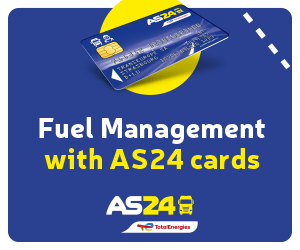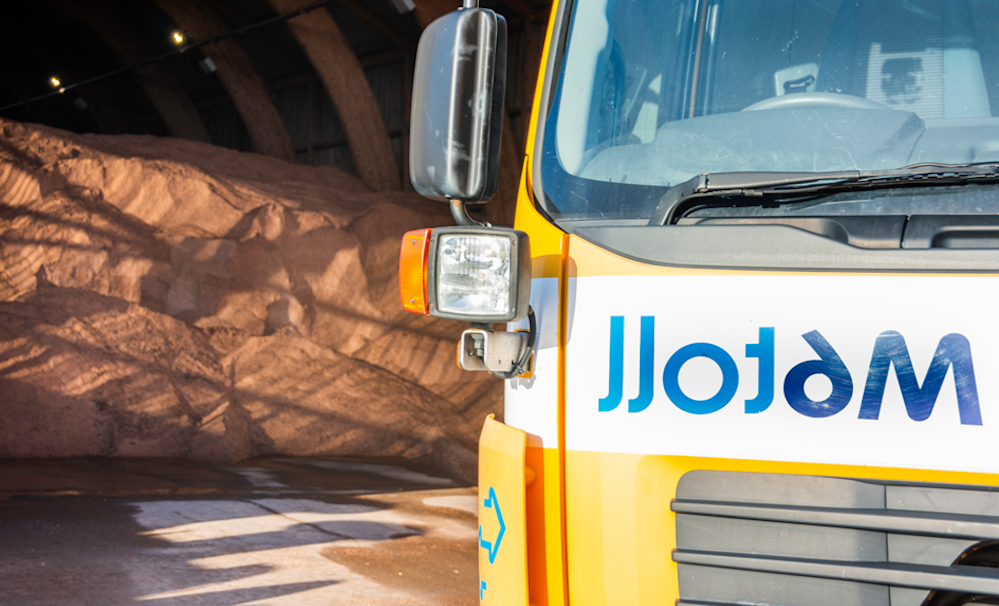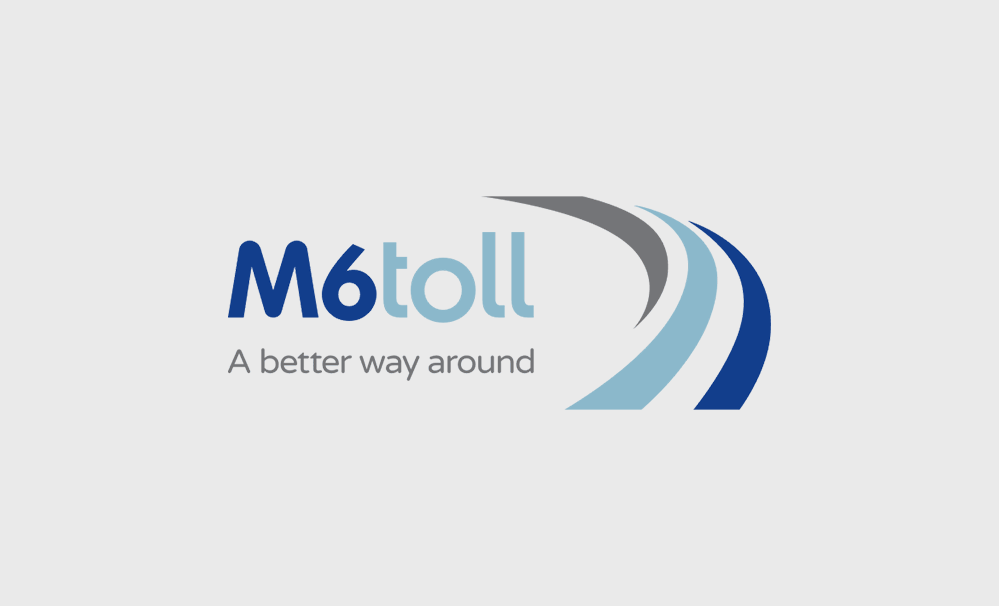A major road upgrade that will improve journeys on the M3 and the A34 in Hampshire has been unveiled by Highways England this week (Tuesday 9 January).
Junction 9 of the M3, where it meets the A34 near Winchester will be redesigned under the plans to create dedicated free flow lanes which will allow drivers travelling between the M3 and the A34 to avoid using the junction roundabout. The roundabout itself will be redesigned into a new ‘dumbbell’ layout, which will increase capacity, improve safety and make journey times more reliable.
The plans go on show today in a public consultation lasting until 19 February 2018.
Highways England project manager Simon Hewett said:
Junction 9 is a vital interchange between the M3 and A34. With more than 6,000 vehicles using the junction each hour during peak times, it can often become congested, with queues backing up onto the main carriageway.
The proposals we are publishing today will resolve that by separating out local and long distance traffic. With the new dedicated link roads, through traffic will not have to stop at the roundabout, freeing it up for local traffic and commuters. We are improving access for pedestrians, cyclists and equestrians too. I urge anyone interested to send us their feedback and to come along to one of our exhibitions.
Dr Mike Short CBE, Chairman of the Enterprise M3 Local Enterprise Partnership (LEP) said:
We are delighted that the proposed improvements to junction 9 of the M3 have progressed to the stage of public consultation. This scheme is key investment in our transport infrastructure to support the local economy, by easing transport congestion, which businesses in our area state is a major barrier to growth.
The improvements to junction 9 are critical to enhancing the strategic corridor that runs all the way from the Port of Southampton to the Midlands and the North, which will help to rebalance the national economy. This corridor has a major national and regional strategic role and this improvement scheme is very welcome.
The M3 is the main road between London and the Solent Ports, while the A34 is the main corridor between the south coast and the Midlands. Around 110,000 vehicles use the junction every day, including over 5,500 HGVs, from Southampton and Portsmouth Docks.
The proposed free-flow interchange will help to reduce congestion by removing the need for through traffic to use the roundabout, in turn improving safety. The proposals include:
- introducing free-flow slip roads, both northbound and southbound between the M3 and A34, so traffic intending to use the interchange will not need to enter the roundabout at the junction
- reconfiguring the roundabout to a new ‘dumbbell’ road layout increasing capacity and reducing congestion
- upgrading the cycle routes to complete the gap in route 23 of the National Cycle Network
- upgrades to footpaths and improved bridleway access for horse riders
The improvements outlined by Highways England today would mean crucial additional capacity for the junction to improve journeys and support development in the Winchester area, which includes up to 11,000 homes and 17,200 jobs in the Winchester area. The proposals will also help to support developments at Southampton container port which are expected to increase freight traffic on the M3 and A34 by one third of the current levels.
Funding for the scheme comes from the Department for Transport’s £15bn Roads Investment Strategy, announced in 2014, which is providing people with better journeys, cutting congestion and improving the economy.
A public consultation on the proposals starts today and runs until 19 February. Highways England is holding five information exhibitions at venues in Winchester and Kings Worthy so that people can examine the proposals and put any questions directly to the project team.
All responses to the consultation will be carefully considered before an announcement is made on a preferred route later this spring. Subject to a successful outcome, construction could start in 2021 and take around two years to complete.
Details on the proposals and the dates for the information exhibitions, along with the opportunity to give us your views are available on the consultation page.







